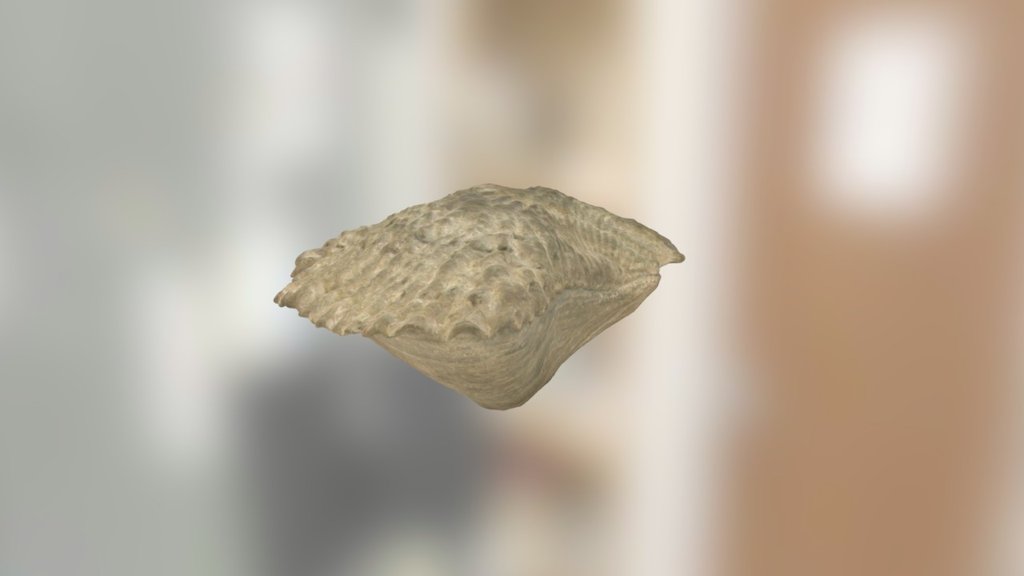
BEG 21386
sketchfab
Cubitostrea perplicata (BEG 21386; Hypotype) A remarkably well-preserved Eocene oyster is showcased here, featuring both valves securely attached and fully intact. In 1949, Henryk Stenzel carefully collected this specimen from a notable exposure of the Clairborne Group situated near the Conecuh River in Covington County, Alabama - a site commonly referred to as 'Caton's Bluff.' Unlike many bivalves, oysters exhibit a lack of symmetry between their valves, resulting in individual valves taking on strikingly different shapes and morphologies. This specimen bears distinctive pores that indicate either predation or parasitization by other marine invertebrates. Dimensions: 48.0 mm x 42.0 mm x 25.0 mm (1.9 in x 1.7 in x 0.9 in) The model was generated using a NextEngine 3D scanner, and this sample was completed by Chase Shelburne with funding provided through 'Adopt-A-Fossil,' a University of Texas at Austin Hornraiser crowdfunding project run by the Non-vertebrate Paleontology Lab at the Jackson School of Geosciences. Reference: Stenzel, H. (1952). Boundary Problems.
With this file you will be able to print BEG 21386 with your 3D printer. Click on the button and save the file on your computer to work, edit or customize your design. You can also find more 3D designs for printers on BEG 21386.
